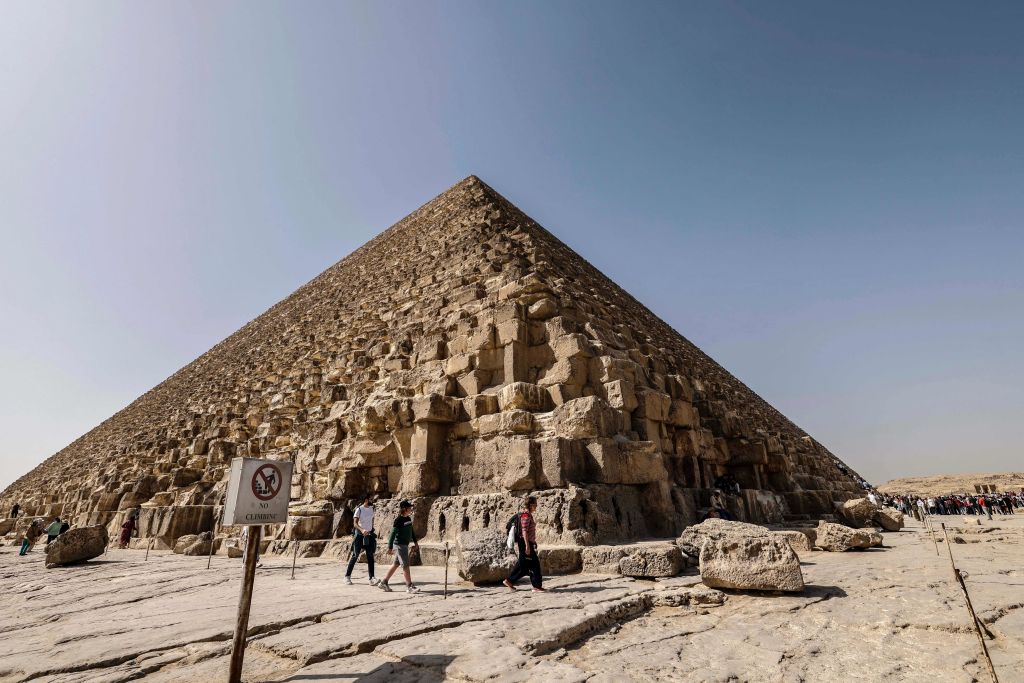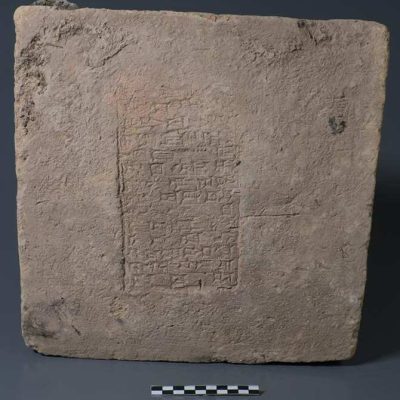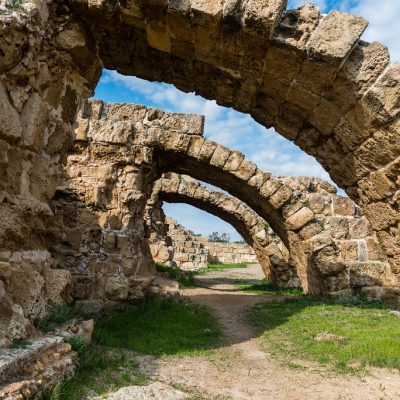Archaeologists from the Julius-Maximilians-Universität Würzburg have discovered mysterious rooms in the Sahura Pyramid that were overlooked during previous restorations. The chambers provide new insights into the construction of the pyramid, shedding light on the building techniques used by ancient Egyptians. The Sahura Pyramid, located approximately 25 km southwest of Cairo, is a UNESCO World Heritage site and was built for the second king of the fifth dynasty, Sahure, who ruled from 2490 to 2475 BC. Despite being the focus of archaeological research for decades, the pyramid still holds many secrets.
The team, led by Mohamed Ismail Khaled, stabilized the damaged structure and accessed previously inaccessible burial chambers. During their investigations, they discovered evidence of a previously disputed passageway. The team was able to uncover the passage and identify eight storage rooms behind it. Although some parts of the rooms, such as the ceiling and original floor, were significantly damaged, remnants of the original walls and floor fragments were still identifiable. Khaled and his team believe that these rooms once housed royal burial offerings.
The discovery of these rooms sheds new light on the construction of the pyramid and provides a new context for understanding other Egyptian pyramids. The team used modern 3D laser technology to conduct multiple surveys, providing a detailed representation of the pyramid’s exterior and interior. These findings represent a significant step forward in the interpretation of the historical significance of the Sahura Pyramid. The storage rooms found within the pyramid provide insight into how pyramid construction evolved over time in ancient Egypt.
Overall, the discovery of these previously unknown rooms in the Sahura Pyramid provides valuable new information about the construction of ancient Egyptian pyramids. The use of modern technology has allowed archaeologists to gain a better understanding of the pyramid’s interior and has provided new insights into the evolution of pyramid construction techniques over time.










